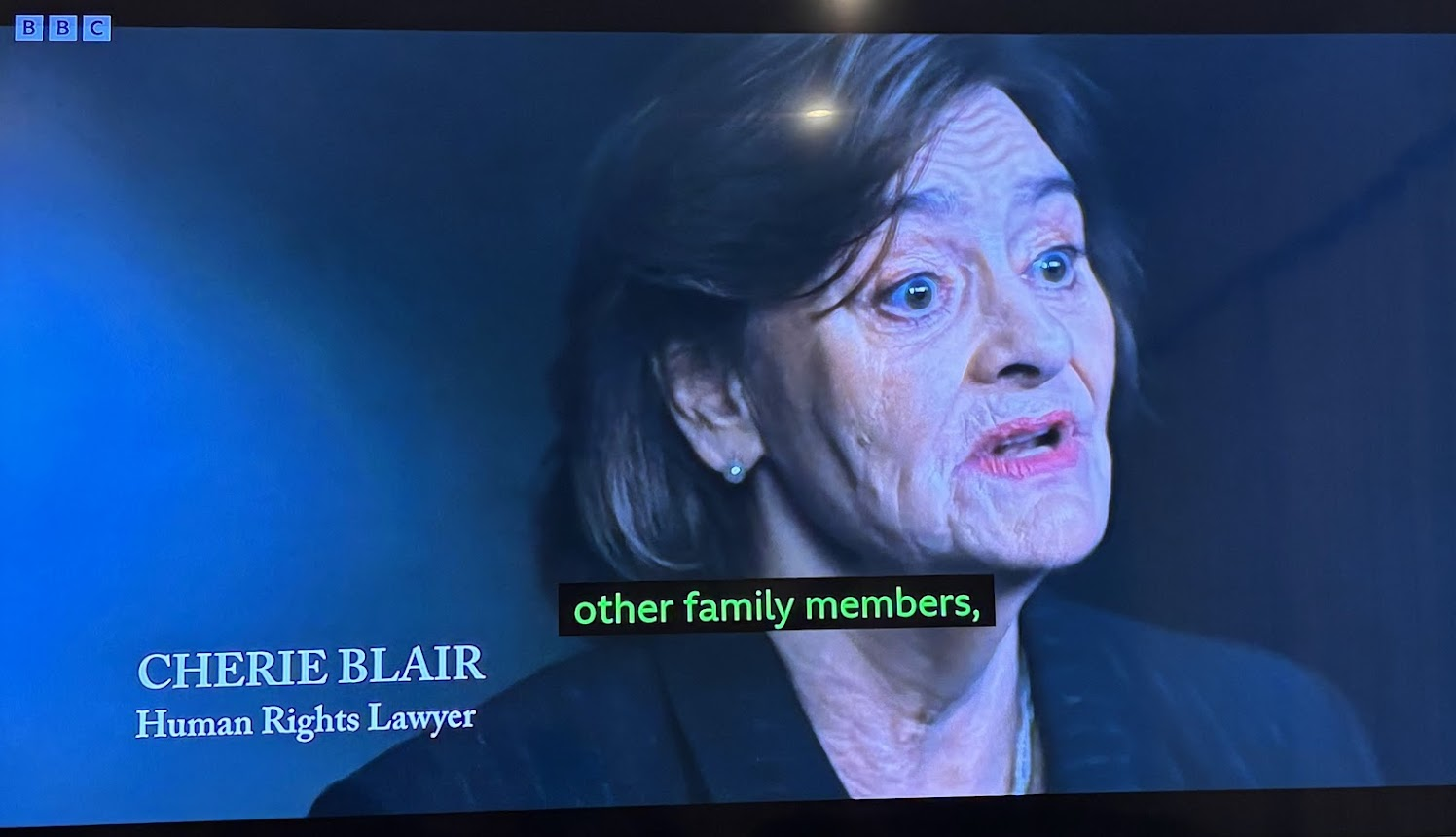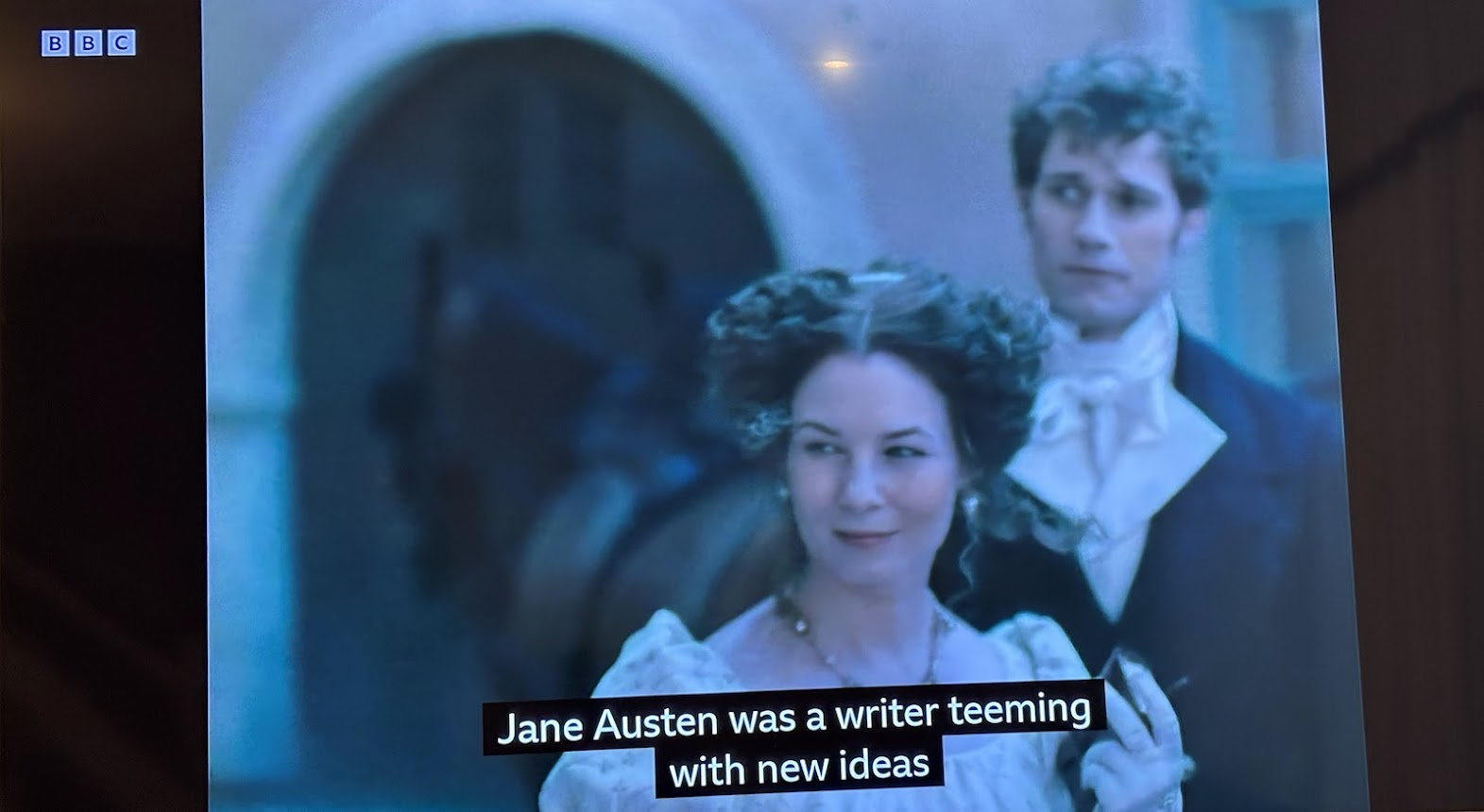Entrance into Winchester College.
Jane Austen's connection to Winchester extends beyond her short stay in the city; in fact, several of her nephews studied at Winchester College, and it was next to this prestigious school that she spent the final days of her life.
When I visited Jane Austen's last home, I learnt a lot about this connection from their well-curated exhibition, but I also had the chance to explore the College Treasury to learn more about the history of the college.
In the early 19th century, Winchester College was one of the leading schools in the country, and it is still a highly prestigious institution to this day. At the time, there were between 150 and 200 boys studying at this college, and most of the students were boarders at the school. The students received a classical education here and learnt Latin and Greek, but could also choose subjects such as French, dancing, writing and drawing skills.
This desk was on display at 8 College Street, (Jane's last home). Each boy at Winchester College had a desk like this.
It's fascinating to see names and nicknames carved onto the desk. "Fat Prawn" is an interesting choice!
Eight of Jane's nephews studied at Winchester College as Commoners (fee-paying pupils). Jane often mentions the College in her letters and must have heard many stories about it from her nephews, who often stayed with their aunts in Chawton and Southampton. These nephews ended up having careers in the clergy, army and navy, in line with family tradition.
These fascinating Long Rolls show students enrolled in order of seniority by academic performance (as opposed to age). The scrolls detail when each of Jane's nephews attended the school and how they progressed through the forms.
In a scroll from 1816 (above left), James Edward Austen is marked who was the son of James Austen and later became Jane's biographer. (If you look closely enough, there is a Wickham below his name!)
In a scroll from 1818 (above right), Charles Knight is marked, who was one of Edward Austen Knight's younger sons. Charles was at the school from 1814-1818, and he was Jane's only nephew staying at the school when she was in Winchester. Jane looked forward to a visit from Charles, as she wrote to James Edward Austen on 27th May, 1817: "on Thursday, which is Confirmation & Holiday, we are to get Charles out to breakfast. We have had but one visit from him poor fellow, as he is in Sickroom, but he hopes to out be tonight." (Letter 160) Charles later went to Cambridge, was ordained and became the Rector of Chawton, his father's estate.
Cricket was a popular hobby for the pupils, and regular matches were held between the college and the commoners. This cricket bat dates back to mid- to late 18th century.
This music book from 1800-1810 belonged to the Austen family and is open on the page with "Domum", the Winchester College song, which refers to a domum tree that grows on the college grounds. The book is currently on loan from Jane Austen's House.
Whilst Jane lived here, the Headmasters of the college were Goddard and Gabell, whom Jane mentions in her letters with regards to the boys' release from boarding. She writes in a letter to Martha Lloyd in 1812, "Our next visitor is likely to be William from Eltham in his way to Winchester, as Dr Gabell chuses he should come then before the Holidays, tho it can be only for a week." (Letter 77) William Knight (also son of Edward) struggled in his studies and left the college after two years. He later became the vicar of Steventon like his grandfather.
Jane complained in a letter about Headteacher Goddard's unwillingness to let the boys leave before the end of term: "Edward has had a less agreable answer from Dr Goddard, who actually refuses the petition. Being once fool enough to make a rule of never letting a boy go an hour before the Breaking up Hour, he is now fool enough to keep it. We are all disappointed." (1808, Letter 55). I'm left wondering if Jane had this Headteacher in mind when choosing a surname for Mrs Goddard in Emma...
Thomas Bower (below) was a writing master at Winchester in the early 1800s. Writing was held at high importance at the school, and many writing competitions were held there.
Students were encouraged to write poems, and "Fugitive Pieces" is a booklet of poems by Jane's nephew, James Edward Austen, who wrote many of these poems when he was at Winchester in 1814-15.
Gold and silver prize medals (below) were given as school prizes to students for essays, speeches and the like. Interestingly, none of Jane Austen's nephews received prizes for their writing.
In 1815, James Edward wrote this verse for a competition: "Ulysses announces to Hecuba that the Manes of Achilles demand the death of Polyxena".
Above is a diary entry by a boy called Charles Minet who writes about a rebellion that broke out at the college in 1818. As a result, 26 pupils were expelled from Winchester. Jane's nephew, Charles Knight, was involved in the rebellion, but didn't get expelled; however, the family were disappointed in his behaviour. Thankfully, he succeeded academically at Winchester.
This plan shows Winchester College Commoners.
I was amused to notice the room name "Wickham's" in the floor plan!" I was wondering if Mr Wickham was sent to Winchester before going to Cambridge!Living in Chawton on the road towards Winchester, the Austen ladies lived conveniently close to Winchester, and it was easy for the nephews to come and visit their aunts there. In July, 1816, Jane wrote to her nephew James-Edward about carriages full of schoolboys on their way back from boarding school that the Austen ladies watched drive past their home: "We saw a countless number of Postchaises full of Boys pass by yesterday morning - full of future Heroes, Legislators, Fools, & Vilains" (Letter 142).
Picture courtesy: The Warden and Scholars of Winchester College
References and further reading:
Quotes from: Le Faye, Deirdre. (2011) Jane Austen's Letters. Fourth Edition. OUP.
To read more about Jane's last home, click here:
https://austenised.blogspot.com/2025/06/a-peek-inside-jane-austens-last-home-in.html
To read more about Jane Austen's Winchester, click here:
https://austenised.blogspot.com/2010/08/following-janes-last-journey.html

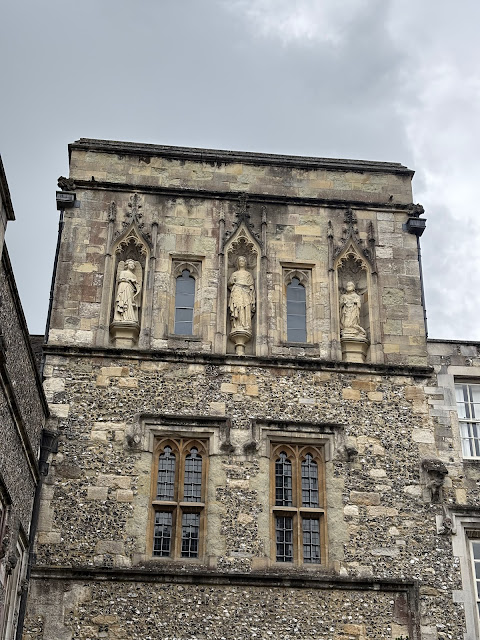





















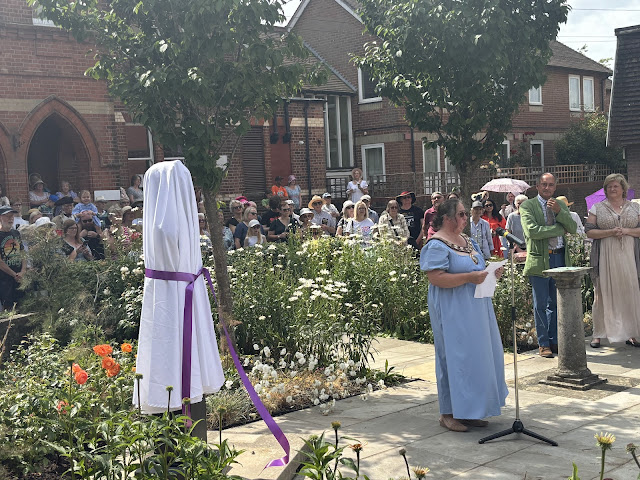










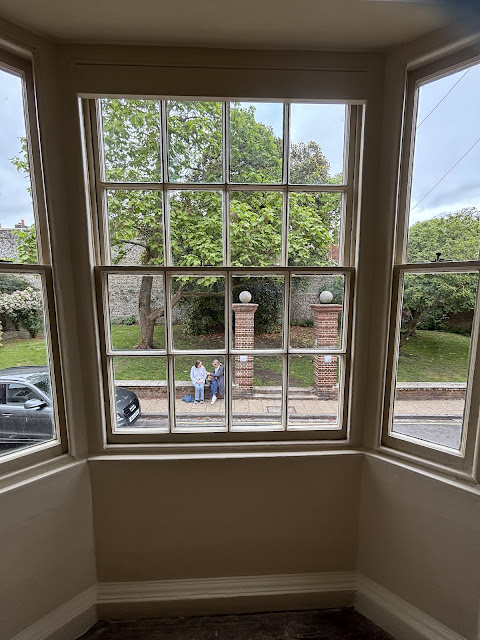

.jpg)


.HEIC)










